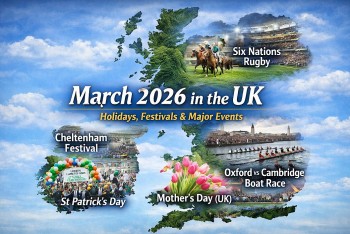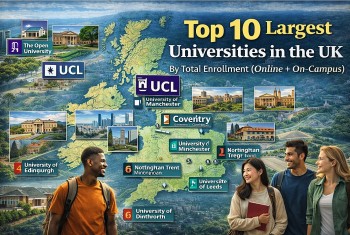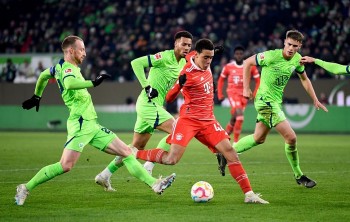Top Secrets of the Russian Army – Inside the World’s 2nd Most Powerful Military
♦ President Putin: Horoscope, Zodiac Sign Personality and Astrological Predictions
♦ Fact-Check: Vanga Prediction for the Russian - Ukraine War?
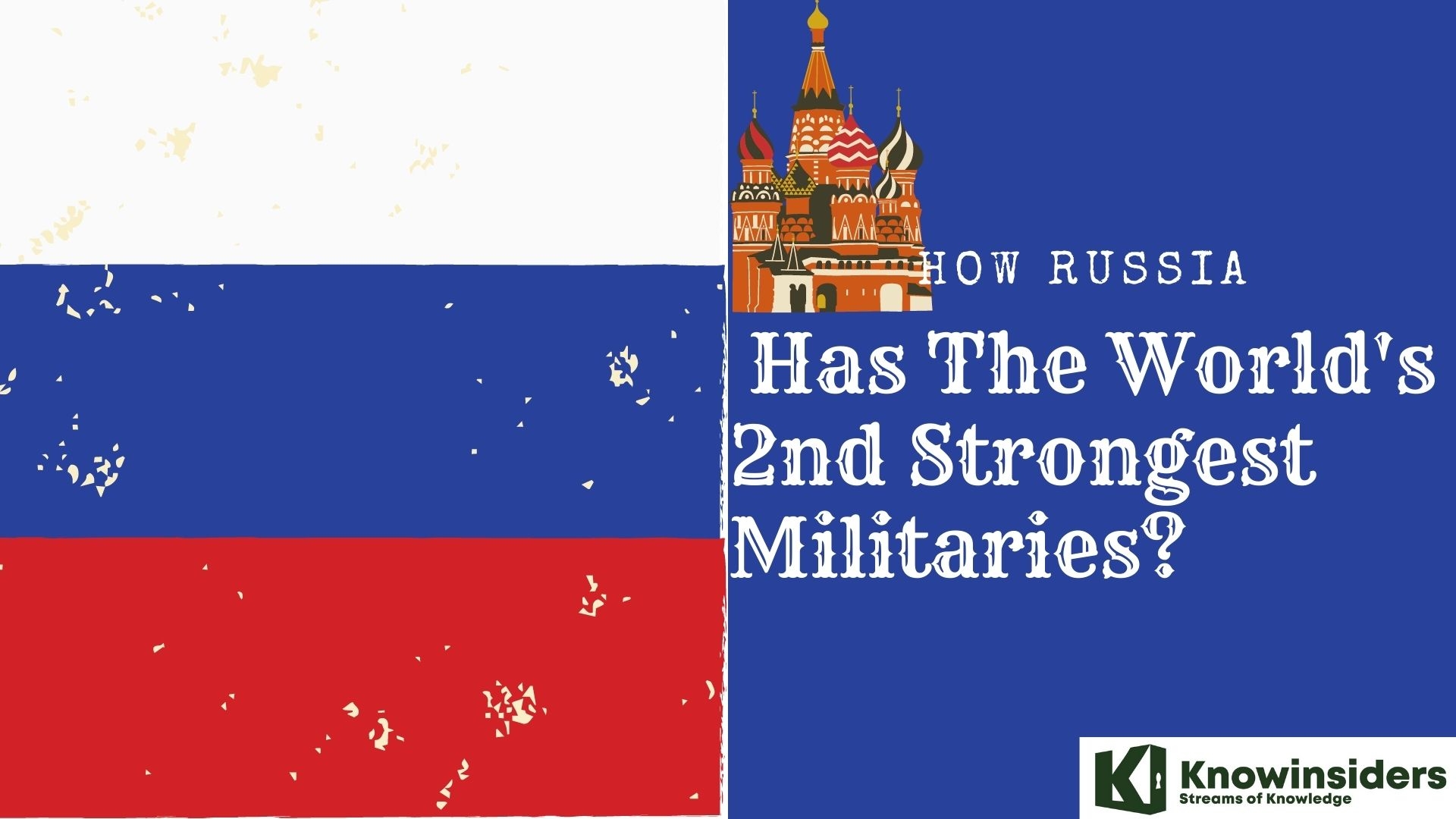 |
| How Russia Has The World's 2nd Strongest Militaries? |
1.5million Military Combat Personnel
Updated: The Kremlin wants to bolster Russia's armed forces to 1.5million military combat personnel to prevent future embarassments like those seen in Ukraine.
Russia's Defence Minister Sergei Shoigu said beefing up the country's existing 1.15million servicemen and women will "ensure the settlement of challenges relating to Russia's military security" at a conference of key military officers.
With Russia's military buildup around Ukraine and more hostile rhetoric coming from the Kremlin, the prospects of at least one of the world's most powerful militaries using its might in a significant new fight look to be higher than they have been in some time. To what extent Russia will respond is the open question after diplomatic efforts failed.
The Financial Times claims that the conflict between Russia and Ukraine has helped to "revitalize" NATO. The deployment of coalition forces to Eastern Europe is a "reaction to the Russian threat," as the alliance puts it.
Note: While Russia has a numerical advantage in people and materiel over Ukraine, the continuing Russo-Ukrainian War has cast light on key limits in Russian military capabilities, including those related to readiness, leadership, training, and supply. Although it remains at No. 2 in the GFP index for the current year (despite considerable losses experienced during the months-long battle), No. 3 China is quickly gaining on the spot due to its steady success in primary categories, expansion in crucial categories, and global financial reach.
Video - TOS-1: Russia's most powerful non-nuclear weapon on the Ukrainian battlefield:
| The Russian military currently has about 1 million soldiers, compared with China’s force of 2 million and the U.S. force of about 1.4 million. India also has more than 1.4 million soldiers. |
Mission and Objectives of the Russian Armed Forces
Transforms of the aforementioned goals are possible due to the particulars of the ongoing global military and political movements. Current concerns about national security look, understandably, to be complex and multifaceted.
The Russian Armed Forces currently have a whole new set of goals that may be broken down along the following four primary aspects due to changes in foreign policy and new national security priorities:
• Deterring the military and political threats to the security or interests of the Russian Federation
• Supporting economic and political interests of the Russian Federation
• Mounting other-than-war enforcement operations
• Using military force
The Armed Forces of the Russian Federation, commonly known as the Russian Armed Forces, are the military forces of the Russian Federation.
They are divided into the Ground Forces, Navy, and Aerospace Forces. There are also two independent arms of service: Strategic Rocket Forces and the Airborne Troops. Under the federal law of Russia, the Russian Armed Forces, along with the Federal Security Service (FSB)'s Border Troops, the National Guard, the Ministry of Internal Affairs (MVD), the Federal Protective Service (FSO), the Foreign Intelligence Service (SVR), the Main Directorate of the General Staff (GRU) and the Ministry of Emergency Situations (EMERCOM)'s civil defense form Russia's military services; and are under direct control of the Security Council of Russia.
The Russian Armed Forces are one of the world's largest military forces, with around a million active-duty personnel, which is the world's fifth-largest, and at least 2 million reserve personnel. It is mandatory for all male citizens aged 18–27 to be drafted for a year of service in the Armed Forces.
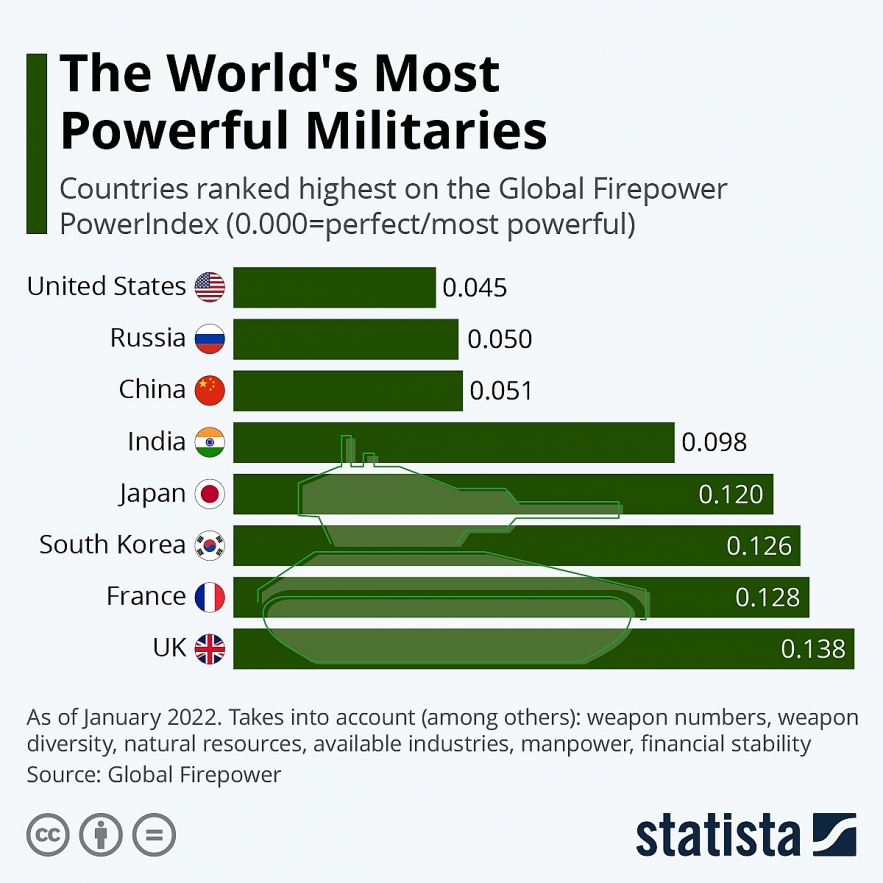 |
| The World's Most Powerful Militaries |
Here are the history, power and reasons why Russian has the world’s 2nd strongest militaries.
Military History of Russia
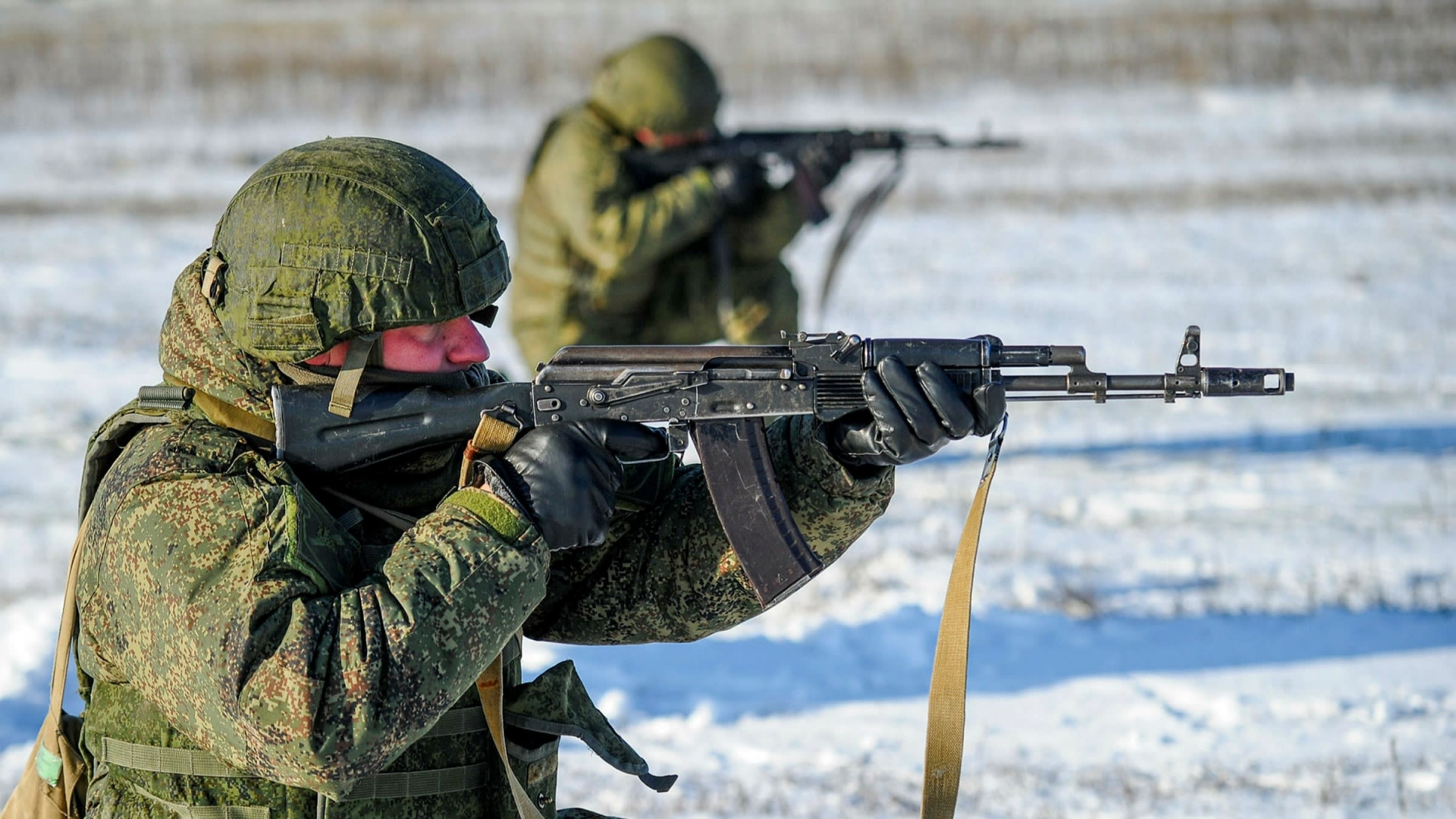 |
| Military History of Russia - Photo: FInancial Times |
The military history of Russia and the Soviet Union begins with the Mongol invasions and continues up to the current day. Most general studies on military history tend to ignore it, yet it presents a rich and variegated tapestry of experience that is well worth examining. World War II has been extensively researched in recent decades, but other conflicts receive far less attention. Conflict with neighbors like Sweden, Poland, the German states, Austria, the Ottomans, and the British are a recurring subject, as are the difficulties of central control, modernization, and Westernization. In the early 20th century, when the Bolsheviks took power, they had to cope with many of these same old problems, as well as the difficulty of developing a new type of force suitable for a Communist state.
From the horrendous economic and human consequences of World War I to the long-term drain of the weapons competitions of the Cold War, war was a major factor in the downfall of the Soviet Union and the birth of the Bolshevik rule. Russia and the Soviet Union both had women and substantial ethnic minorities serve in the military, thus they both have something special to offer in this regard. Wars, military organizations, and the experiences of individuals in both are the primary topics covered in this article.
If you're interested in Russian and Soviet military history but only have time to read one book, make it Stone 2006. Several works cover far longer periods of time, including Maintain 1985, which is the go-to reference for learning about the 400-year history of Russia's armed forces and related institutions. Keep's work pairs well with Reese's (2000), another social history and the greatest source on Soviet military history, however Higham and Kagan's (2002) would be a better choice for a more in-depth understanding of this topic. Kagan and Higham's 2002 overview of the important aspects of the pre-Soviet era is excellent. Military issues throughout the past two centuries are covered in Schimmelpenninck van der Oye and Menning's 2004 book.
Service Branches of Russian Armed Forces
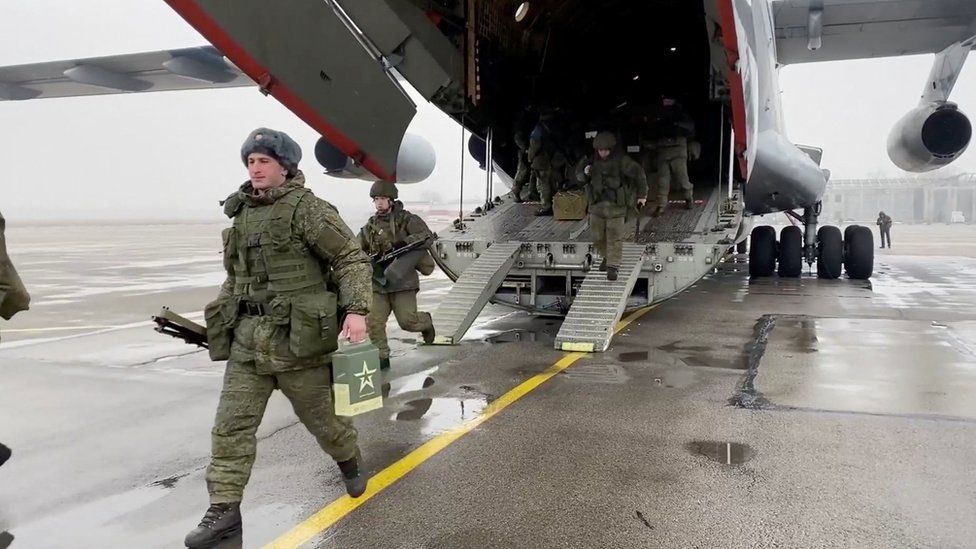 |
| Photo: BBC |
Armed forces under the Ministry of Defence are divided into:
-the three "branches of Armed Forces" (вида вооружённых сил): the Ground Forces, Aerospace Forces, and Navy
-the two "separate troop branches" (Отдельные рода войск): the Strategic Rocket Forces and Airborne Forces
-the "special forces of Armed Forces" (Спецназ вооружённых сил): the Special Operations Forces
-the Logistical Support, which has a separate status of its own
There are two other "distinct troop branches," the National Guard and the Border Service. Although they are not under the command of the Russian Federation's General Staff, these groups are nonetheless considered "Armed Forces" for legal purposes. The National Guard is based on the Russian government's defunct Internal Troops. The new organization is autonomous from the Ministry of Internal Affairs and now reports straight to the Russian president. The Federal Security Agency, which is the primary domestic spy agency, has a paramilitary wing known as the Border Service. Both groups also maintain their own land, aviation, and sea troops and perform substantial wartime missions in addition to their primary peacetime activities.
The President of Russia has issued a proclamation setting the maximum number of employees. The total of 2,019,629 units, including the military contingent of 1,134,800 units, was decided upon as of January 1, 2008. According to the 2010 estimates of the International Institute for Strategic Studies (IISS), the Russian Armed Forces consisted of anywhere between 1,027,000 active personnel and 2,035,000 reserves (largely ex-conscripts). Rather than the amount of employees mandated by law, the Audit Chamber of Russia stated in October 2013 that 766,000 people were really being paid. By December 2016, the military had 93% of its necessary manpower, up from 82% in December 2013.
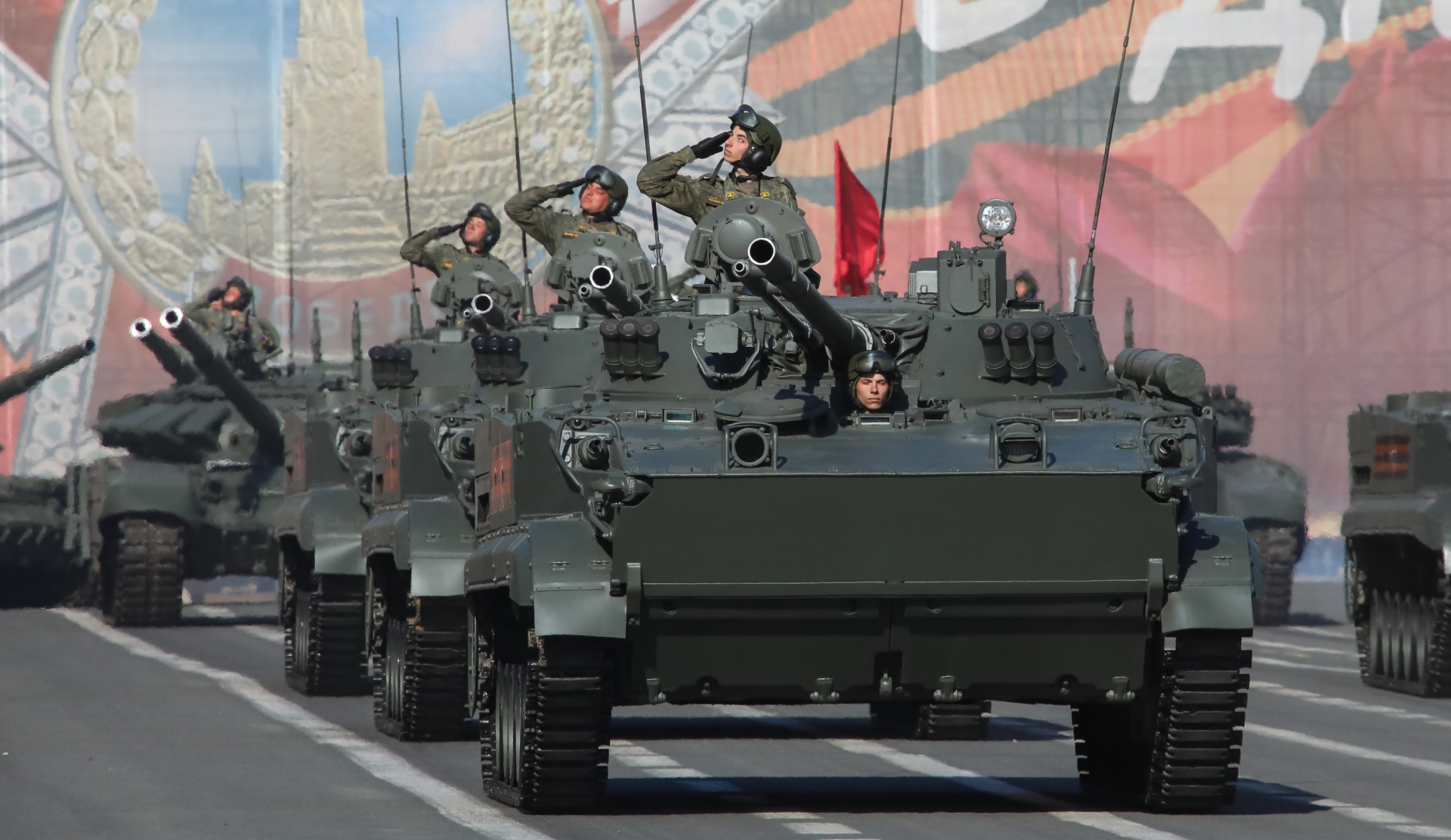 |
| Photo: CNA |
According to the Stockholm International Peace Research Institute, between 2005-2009 and 2010–2014, Russian exports of major weapons increased by 37 percent; Russia spent $66.4 billion on arms in 2015, then $69.2 billion in 2016, having taken 3rd place (after the U.S. and China). According to the Russian Defence Ministry, the share of modern weaponry in service with Russia’s army and fleet amounts to 71.2% with serviceability of weapons at 99% as of 2021.
Capabilities of Russian Military Today
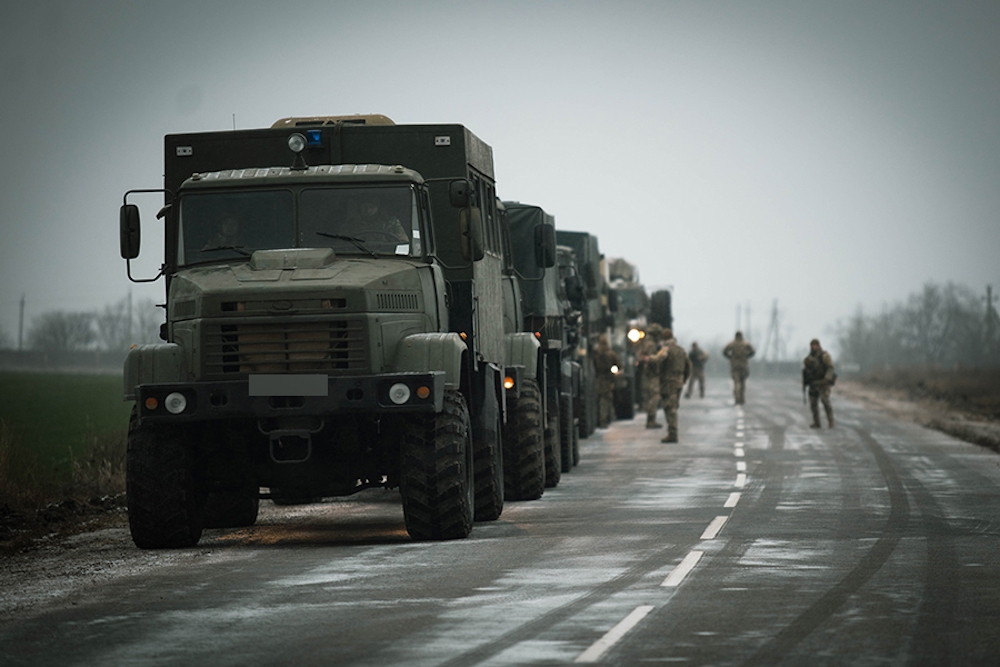 |
| Photo courtesy of the Ukrainian Ministry of Internal Affairs. |
For 2023, Russia is ranked 2 of 145 out of the countries considered for the annual GFP (globalfirepower.com) review. The nation holds a PwrIndx* score of 0.0714 (a score of 0.0000 is considered 'perfect'). The GFP index denotes Russia as a Top 5 world power.
Russia still fields far more numerous forces than European militaries with equivalent defense spending Russian military spending has ranged between the equivalent of $50 and $60 billion per year.
Its inventory includes “336 intercontinental ballistic missiles, 2,840 battle tanks, 5,220 armored infantry fighting vehicles, over 6,100 armored personnel carriers and more than 4,684 pieces of artillery”, According to the Washington-based Heritage Foundation,
People in Military
The number of personnel is specified by decree of the President of Russia. On 1 January 2008, a number of 2,019,629 units, including military of 1,134,800 units, was set.
In 2022, Russia has a total of 3.5 million people in its military, about 1 million of which are in active service. Russia has access to an incredible 13,000 tanks and a defense budget of $42 billion.
In Russia, military service is still mandatory for all male citizens aged between 18 and 27. Despite Putin’s best efforts, Russian military expenditure lags behind the US, China and India, coming fourth globally.
In 2010 the International Institute for Strategic Studies (IISS) estimated that the Russian Armed Forces numbered about 1,027,000 active troops and in the region of 2,035,000 reserves (largely ex-conscripts). As opposed to personnel specified by decree, actual personnel numbers on the payroll was reported by the Audit Chamber of Russia as 766,000 in October 2013. As of December 2016, the armed forces are at 93 percent of the required manpower, up from 82 percent reported in December 2013.
According to the Stockholm International Peace Research Institute, between 2005-2009 and 2010–2014, Russian exports of major weapons increased by 37 percent; Russia spent $66.4 billion on arms in 2015, then $69.2 billion in 2016, having taken 3rd place (after the U.S. and China). According to the Russian Defence Ministry, the share of modern weaponry in service with Russia’s army and fleet amounts to 71.2% with serviceability of weapons at 99% as of 2021.
 |
| Russian navy ships launch cruise missiles at targets in Syria from the Caspian Sea on Nov. 20, 2015. The attack was more a show of force than eliminating enemies in Syria. (Russian Defense Ministry Press Service / AP Archive) |
In the 21st century, Moscow must make do with a smaller, more professional military, and one that's better at keeping highly trained personnel alive.
Russian Nuclear weapons, Air Force, Navy
Russia maintained a sizable nuclear arsenal even during its darkest years following the Soviet Union's collapse in the early 1990s. The country currently possesses more nuclear weapons than any other world power.
One source claims that the Russian Air Force is second only to the United States' in terms of global might. According to the Russian defense ministry, Russia has been able to add more than a thousand aircraft, including its SU-35s, to its air force in the last ten years.
A Russian ally, Belarus, which borders Ukraine, has received SU-35s, the country's most powerful warplanes. Strategic bombers are a rarity; the United States and China are the only other countries with an air force.
The Russian Navy is, like its air force, one of the most formidable in the world. Russia controls the second-largest submarine fleet in the world, equipped with ballistic missiles.
With its reservists, the country's land force has almost three million people working for it, making it one of the largest in the world.
Experts from the United States say that Russia's T-72B3 tanks are superior to all others because to their superior range, guided missiles, and advanced thermal optics technology for nighttime combat.
Putin oversaw the completion of production of the country's next-generation ballistic missiles, the Iskander-M rockets. Moscow has positioned them at the Russian-Ukrainian border, demonstrating their potential to strike anywhere in Ukraine.
Moscow has also succeeded in developing a highly disciplined military inside the Russian armed forces, despite the fact that the Russian armed forces are enormous in size. Even while conscripts still make up approximately 30 percent of Russia's armed forces, the country's main army consists of about 400,000 highly paid and trained soldiers.
Russian leadership gives lower-ranking officers a lot of freedom to conduct their jobs, unlike the country's civilian leaders. It has also boosted morale and promoted greater mobility in the armed forces.
Russian hybrid warfare - non-contact warfareRussia appears to be building a complex hybrid warfare strategy that incorporates diplomatic efforts, cyberattacks, social media, and other non-military tactics to counter its adversaries. This talent, which is more challenging than making weapons, is indicative of Russia's readiness for modern conflict. According to TRT World, former US diplomat to Azerbaijan and ex-Soviet republic Matthew Bryza claims that Russia is "essentially in a constant state of a hybrid warfare" against NATO, meaning that it employs not just kinetic military force but also psychological, multimedia, social media, economic, and all sorts of operations, trying to weaken its enemies. Russia's "non-contact warfare," in which long-range precise fires rather than mechanized assault take the lead, has been on full display in the recent conflicts in Ukraine and Syria. Russia's new strategy calls for keeping tanks and soldiers out of range of enemy fire until after artillery and rockets have done their damage. New technologies like surveillance drones and electronic warfare units make it easier to find enemy positions without putting as many scouts in harm's path. |
Old Soviet Weapons
According to the analysts, the dissolution of the Soviet Union weakened Moscow not only in terms of land and the number of troops, but also with respect to military suppliers. There are many state-of-the-art systems in the modern Russian army that owe a great deal to the Soviet Union.
Su-25 attack plane: Developed to assist the troops on the ground. Russia has lately declared that manufacture of the plane's newest version has begun. Its creators claim that the only similarity between it and the original Su-25 is in its appearance; the plane's avionics are cutting-edge and it proved its worth in Syria.
Seven decades of Kalashnikov: The 30-round AK 47 is arguably the most recognizable firearm in the world. The Soviet engineer Mikhail Kalashnikov (pictured above in 2002) created the automatic rifle after World War II. It quickly earned a reputation for being cheap and reliable, with various armies, guerilla groups and street gangs all using the weapon to this day.
MiG-29 still flying high: The Mikoyan MiG-29 first entered production in the early 1980s and was praised as a highly maneuverable and agile dogfighter. The original model has since been upstaged by both NATO fighters and its more expensive brother Sukhoi, but its variants are still deployed in combat. The Russian air force uses MiG-29s to target the so-called "Islamic State" forces in Syria.
S-300 and its descendants: Russia secretly handed Iran its cutting-edge air defense system in 2016, but Moscow has been mum on the specifics. With a range of 150 kilometers (93 miles), the S-300 of the Cold War era could strike targets at altitudes of more than 27 kilometers; the more advanced Antey 2500 system supposedly increased this to 400 kilometers. The more sophisticated S-400 missiles are wanted by both India and China.
T-34, a symbol of an era: The legendary T-34 first appeared in combat in 1941 and was instrumental in the Red Army's triumph over Germany. The T-34, proven in battle, became the war's most mass-produced tank and a design inspiration for decades afterward. The Russian military continues to show respect for it by placing it at the head of the Victory Day parade.
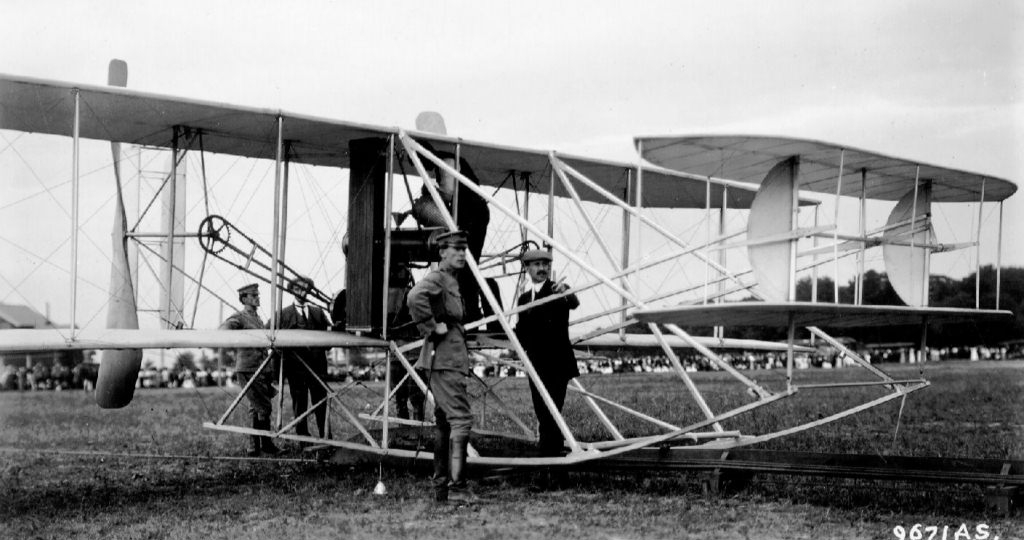 What Is The First Military Airplane In The World? What Is The First Military Airplane In The World? The 1909 Wright Military Flyer is the world's first military airplane. Read on to know its history. |
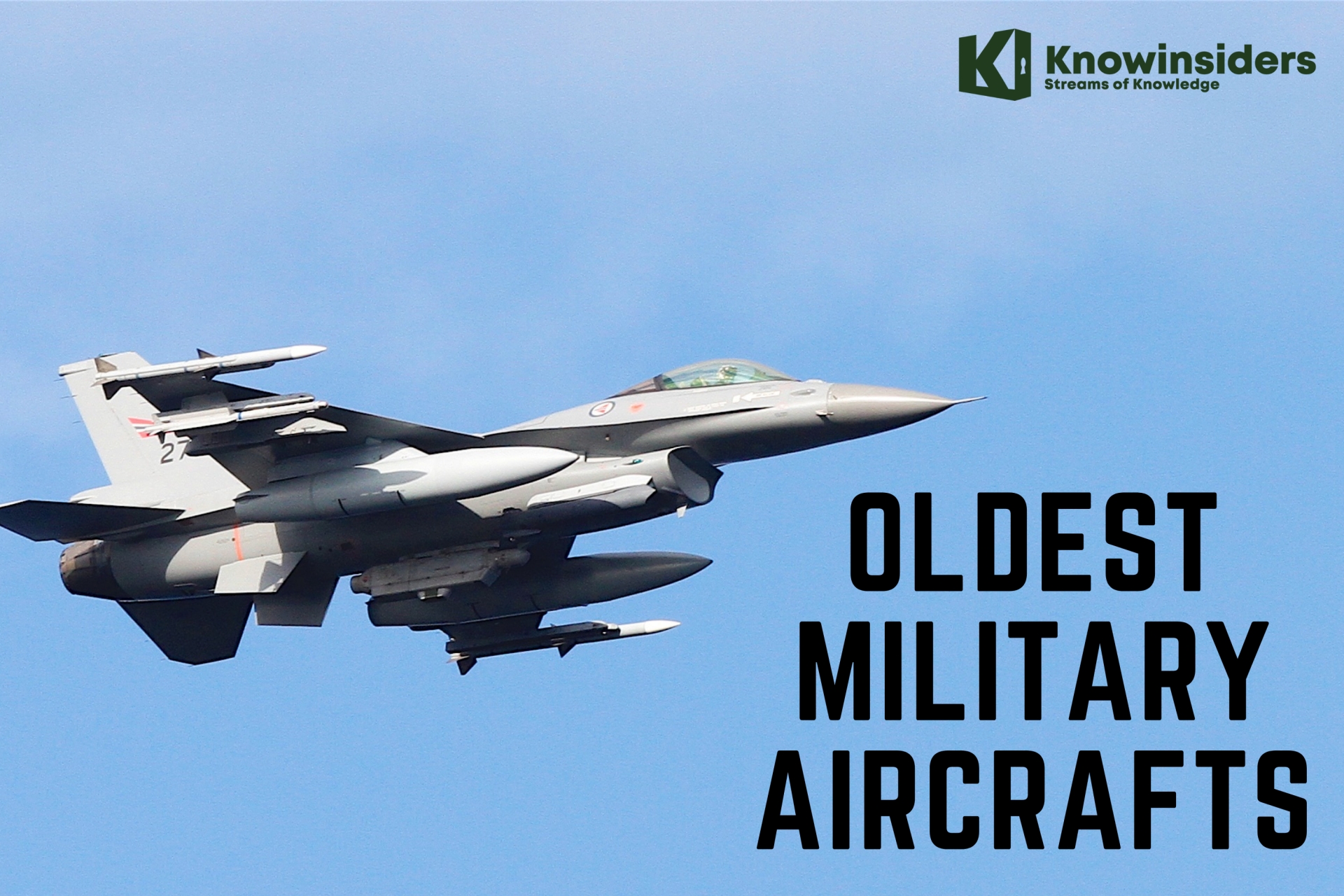 Top 10 Oldest Military Aircrafts In Service Top 10 Oldest Military Aircrafts In Service Check out a list of 10 oldest military aircrafts that have been in service for over half a century. |
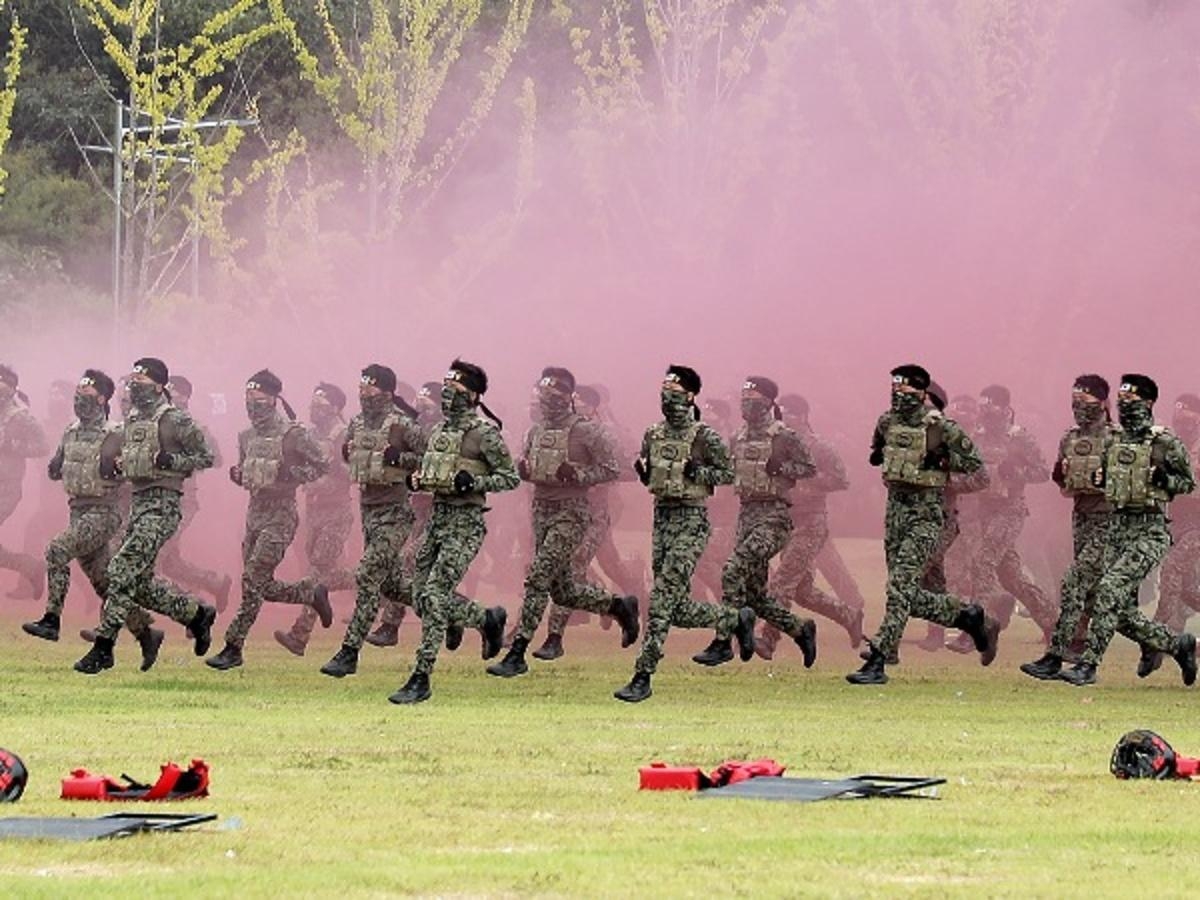 Top 9 Most Powerful Militaries In The World - Updated Top 9 Most Powerful Militaries In The World - Updated What are the most powerful militaries in the world? It’s an outwardly simple question that hides a remarkable degree of complexity. We have a ... |
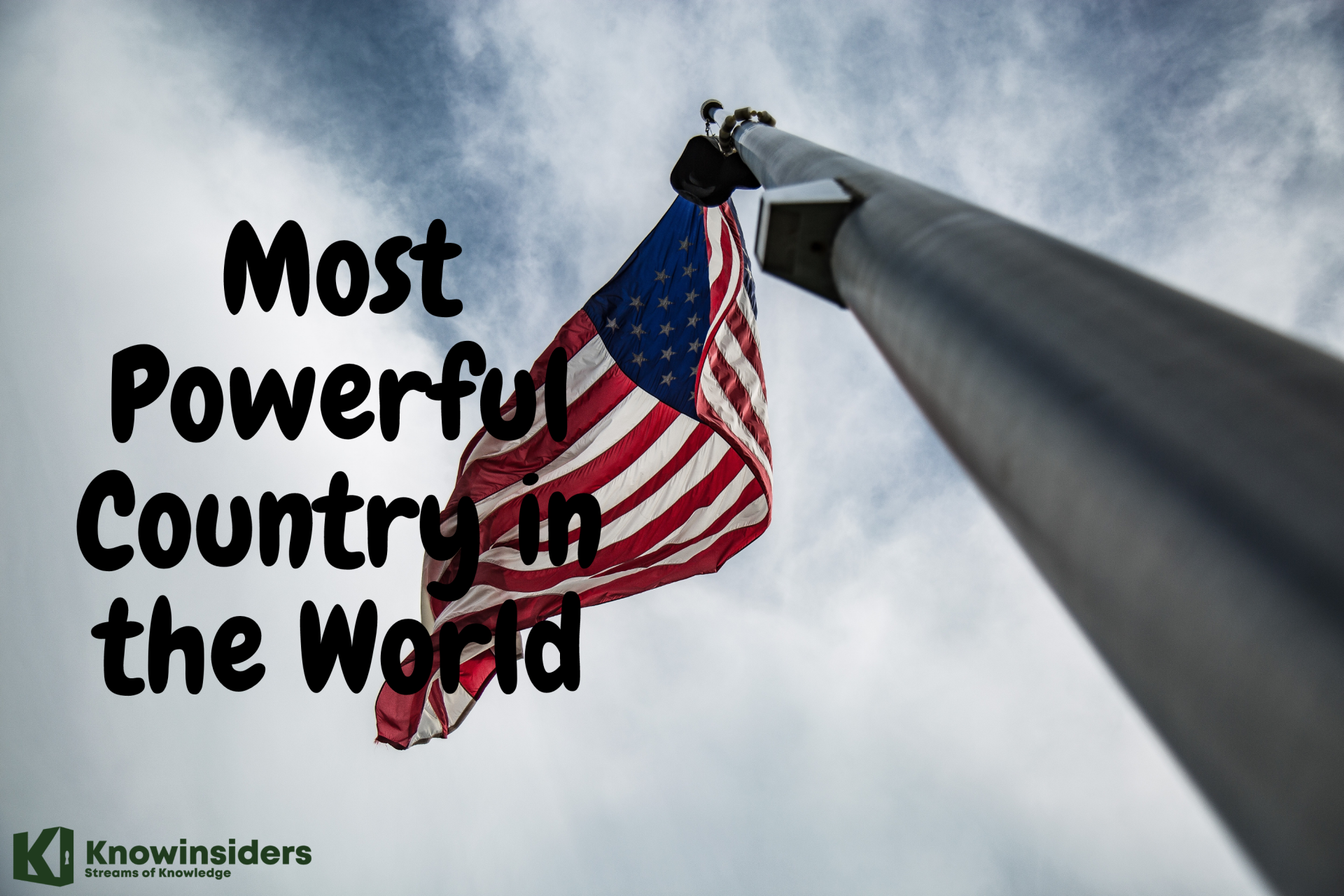 Which Country Is The Most Powerful In The World? Which Country Is The Most Powerful In The World? Defining the world’s most powerful countries is not always clear-cut and can be subjective. The most powerful nations are the ones that shape global ... |













